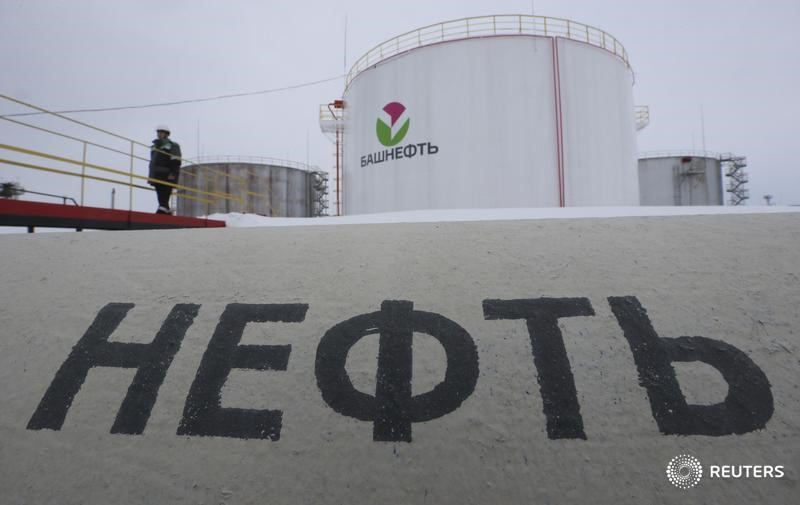By Gina Lee
Investing.com – Oil was down Tuesday morning in Asia, as COVID-19 concerns alongside slowing manufacturing activity in the U.S. and China dimmed the fuel demand outlook.
Brent oil futures edged down 0.11% to $72.81 by 12:47 AM ET (4:47 AM GMT) and WTI futures inched down 0.10% to $71.19. Both Brent and WTI futures dropped more than 3% on Monday but remained near the $71 mark.
China, the world’s largest oil importer, is struggling to curb its latest COVID-19 outbreak. "Cases of the highly contagious Delta variant of the virus have emerged in 14 of 32 provinces. This could see further mobility restrictions introduced," ANZ analysts said in a note.
Manufacturing activity slowed down in both the U.S. and China, adding to investors’ concerns. The U.S. manufacturing purchasing managers index (PMI) was 63.4 in July, while the Institute of Supply Management (ISM) manufacturing PMI was 59.5. In China, data released earlier in the week said the Caixin manufacturing purchasing managers’ index (PMI) was 50.3 in July, while the manufacturing and non-manufacturing PMIs were 50.4 and 53.3.
“Oil has defied gravity so far this year, but the Delta variant’s impact has started to cap its advance... it does look as though Asian oil consumption has started to dither and prices will probably consolidate until there is a clearer picture,” Oversea-Chinese Banking Corp. economist Howie Lee told Bloomberg.
Meanwhile, Iran’s Ministry of Foreign Affairs on Monday said that the country would respond promptly to any threat against its security. The statement comes as the U.S. and U.K. continue to hold Iran responsible for an attack on an Israeli-managed tanker off the coast of Oman during the previous week.
On the supply side, the Organization of the Petroleum Exporting Countries and allies (OPEC+) implemented its plan to raise output by 400,000 barrels a day each month from August onwards. It plans to do so until all the production that was halted due to COVID-19 is revived.
OPEC members Saudi Arabia, Kuwait and the United Arab Emirates, boosted crude shipments to multi-month highs in July.
Investors now await U.S. crude oil supply data from the American Petroleum Institute, due later in the day.
